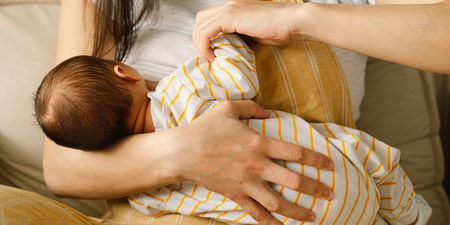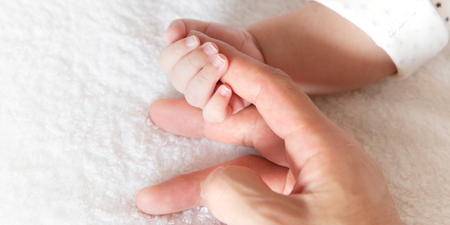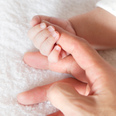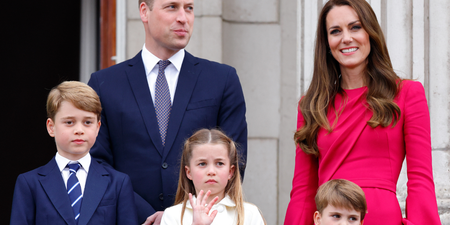The wage gap is a massive issue.
This we know.
In Ireland, it currently stands at 14 percent meaning that for every euro a man makes, a woman is probably going to make on average 86c.
It’s a glaringly obvious gap that is not expected to narrow for years.
Caused primarily by the lack of encouragement and opportunities for women in the workplace, the gap is yet another factor pointing to the stark inequalities between men and women around the world.
However, there is another reason too why the wage gap tends to be so wide – the lack of resources available for new mothers.
A study has shown that after a woman has children, on average she takes a significant drop in pay.
The research conducted by the National Bureau of Economic Research in Massachusetts showed that while having kids affects a woman’s wages, it doesn’t do the same to a man’s.
The graphs below articulates the findings.
https://twitter.com/annehelen/status/963107981754744832
Grim, right?
We know.
The study’s authors said that the findings show that substantial gender inequality persists in all countries.
“Using Danish administrative data from 1980-2013 and an event study approach, we show that most of the remaining gender inequality in earnings is due to children.
“The arrival of children creates a gender gap in earnings of around 20 percent in the long run, driven in roughly equal proportions by labour force participation, hours of work, and wage rates.
“Underlying these ‘child penalties’, we find clear dynamic impacts on occupation, promotion to manager, sector, and the family friendliness of the firm for women relative to men.”
Clearly, the solution here is not to stop having children as the words “child penalties” may suggest, but to allow women the same opportunities when they become mothers.
After all, the men who became parents were not afforded the same penalties.
Generally, when women become mothers, it is them who take on the burden of looking for flexible job opportunities.
This leads to more women working part-time jobs and therefore earning less money, and more men continue to work full-time.









































